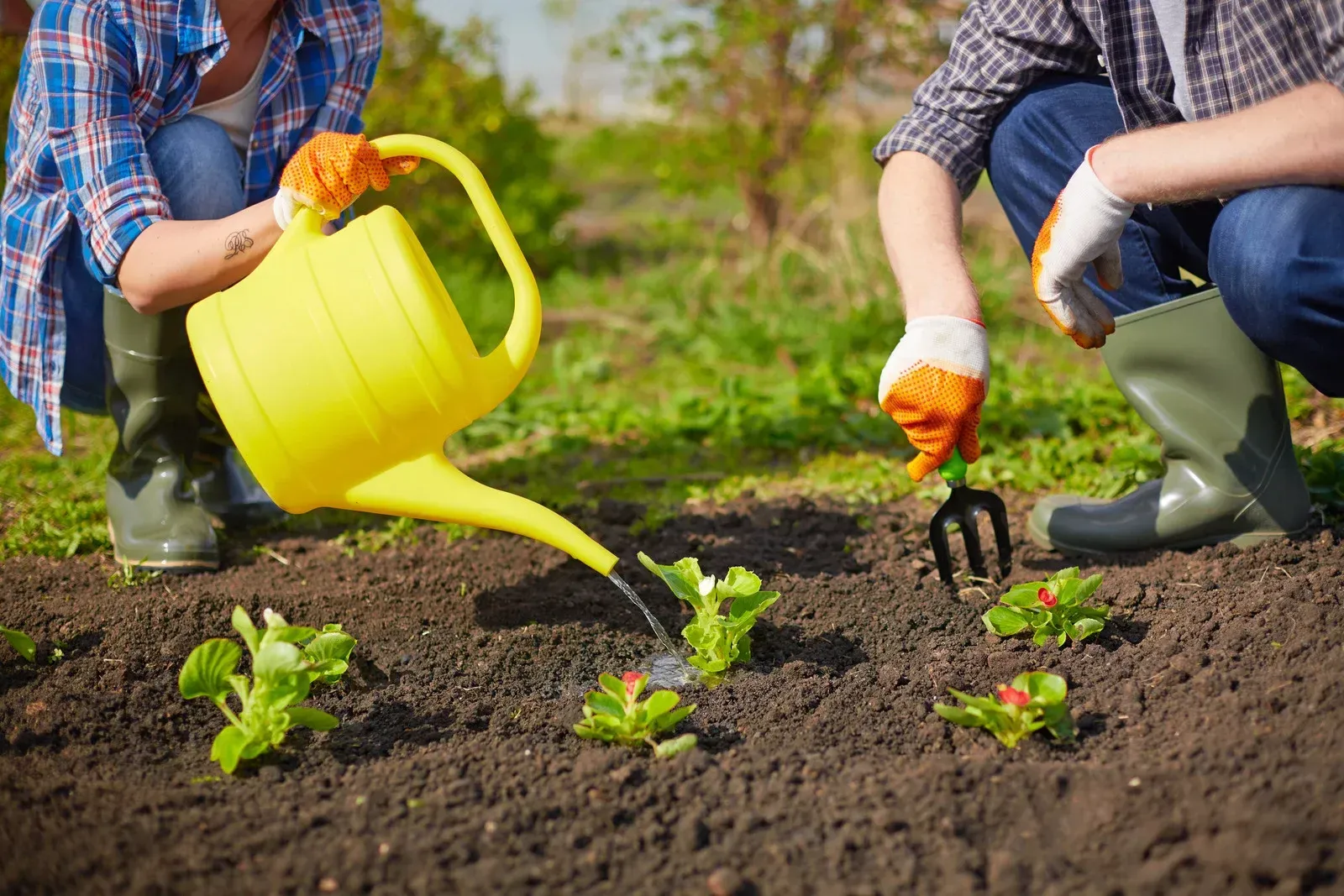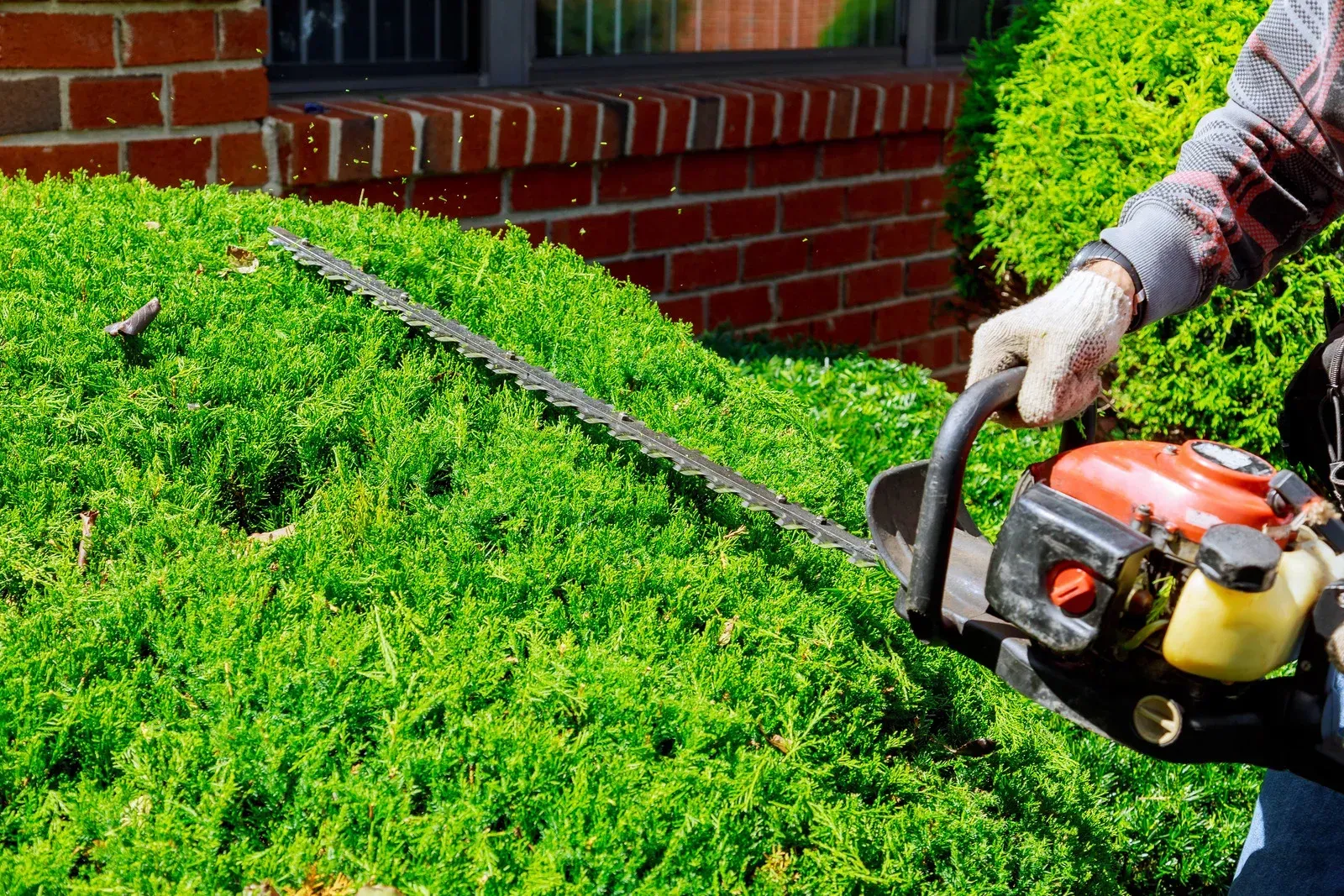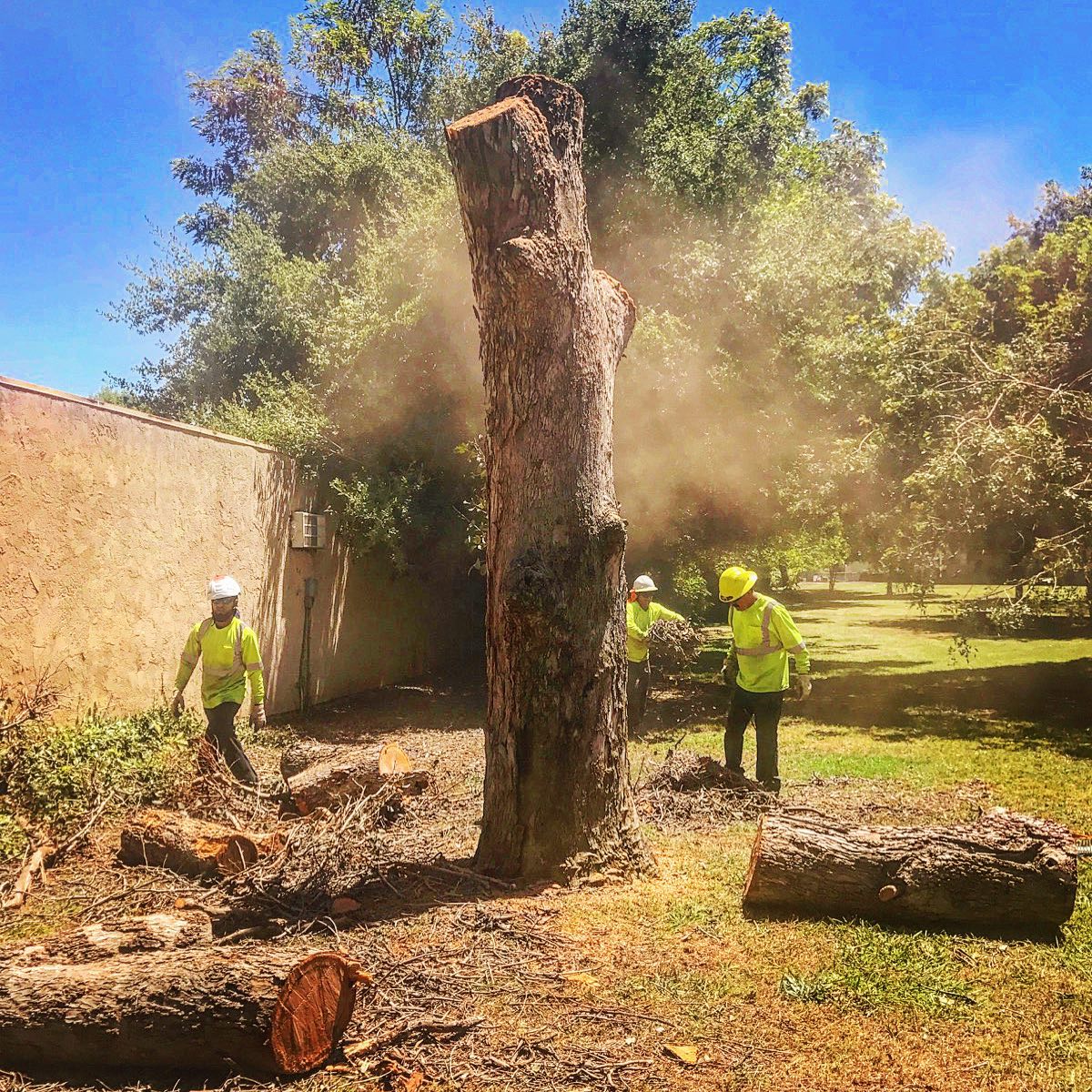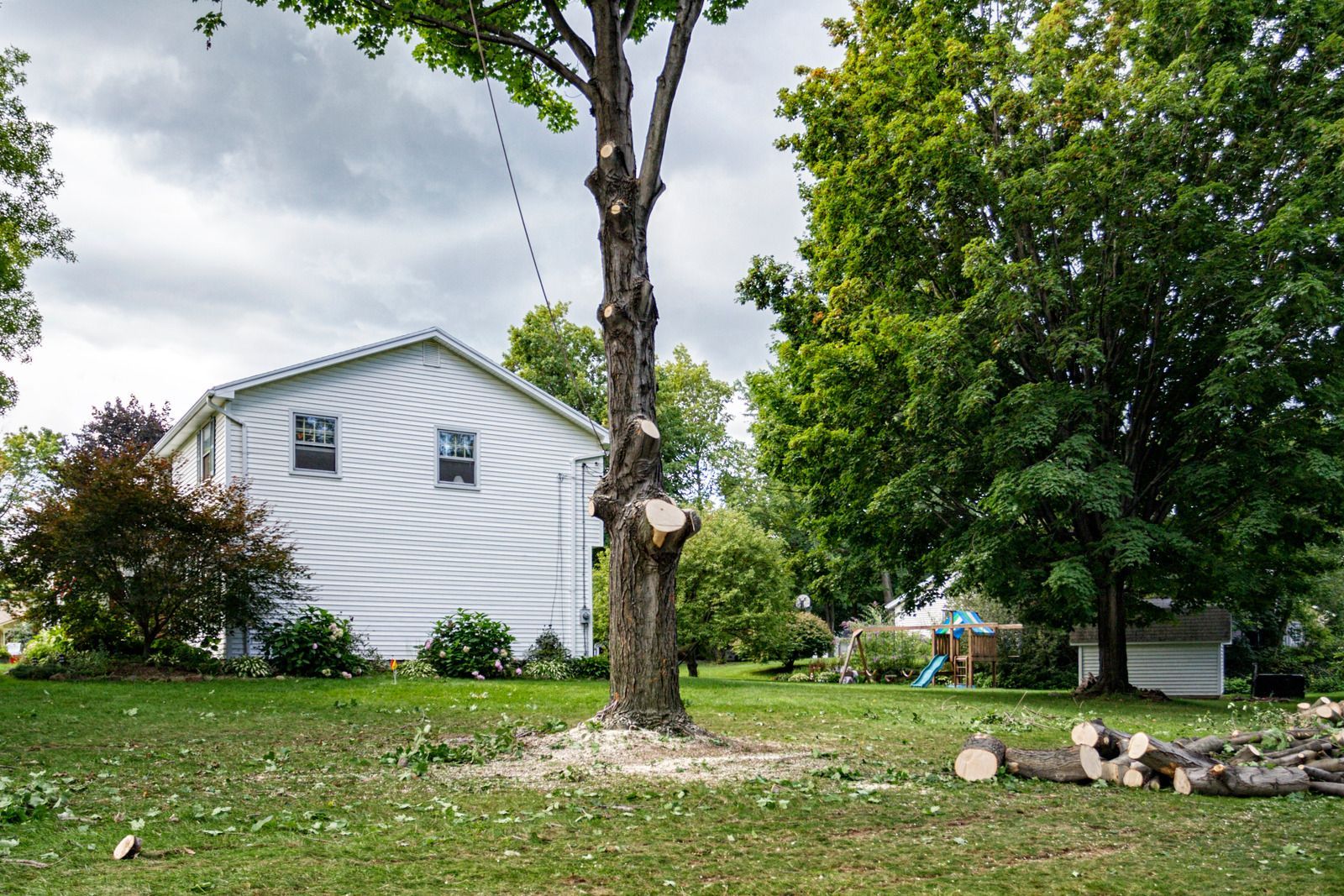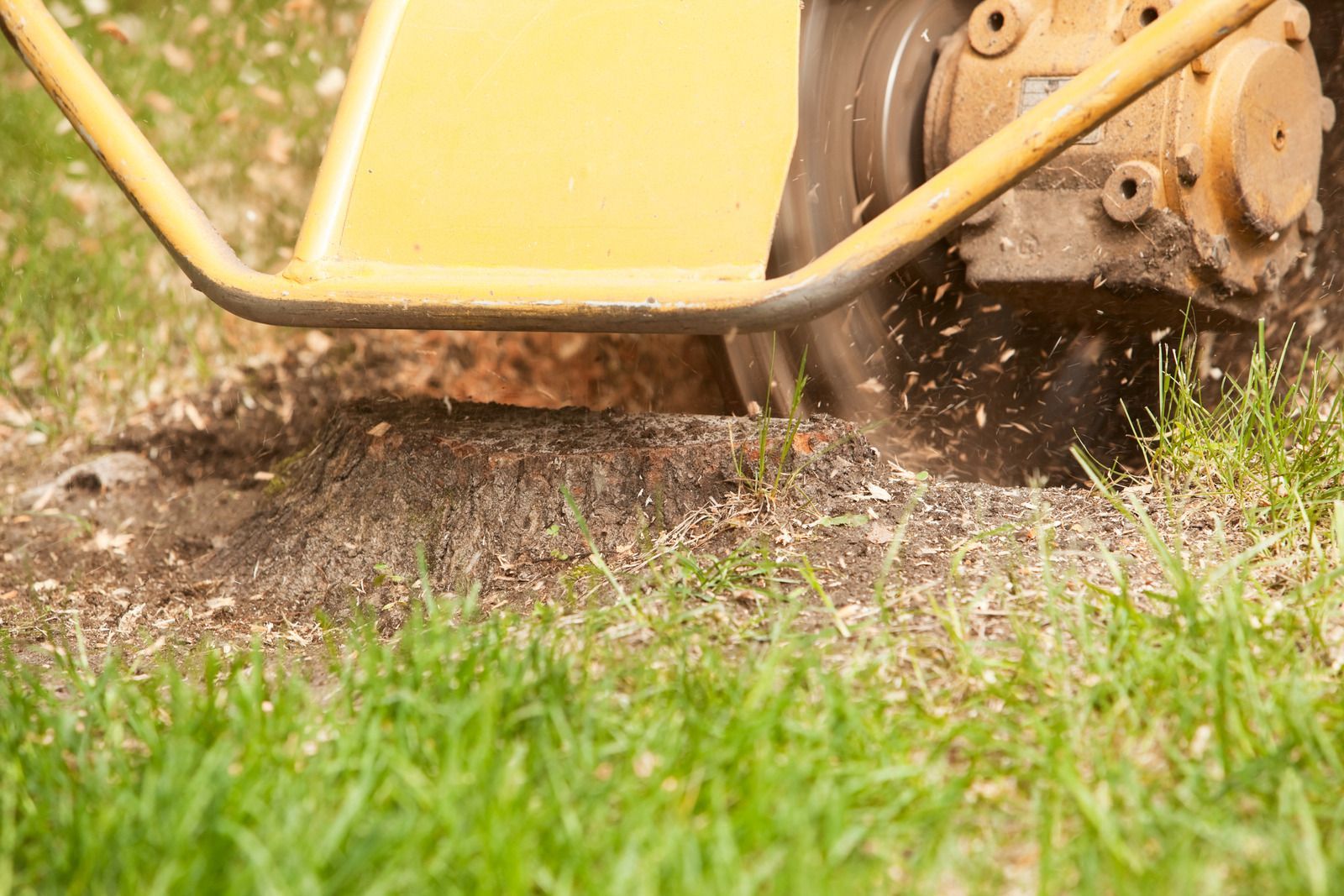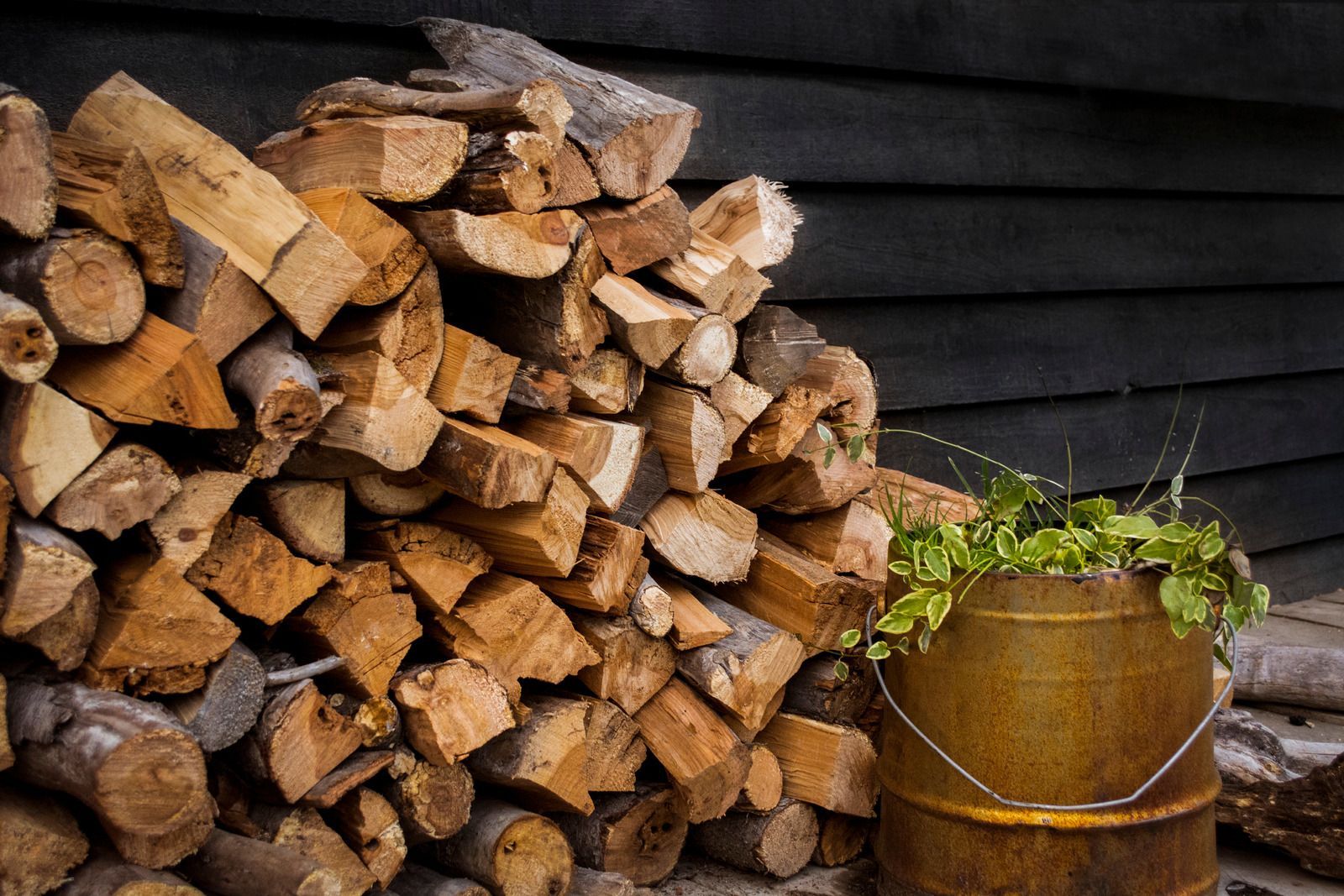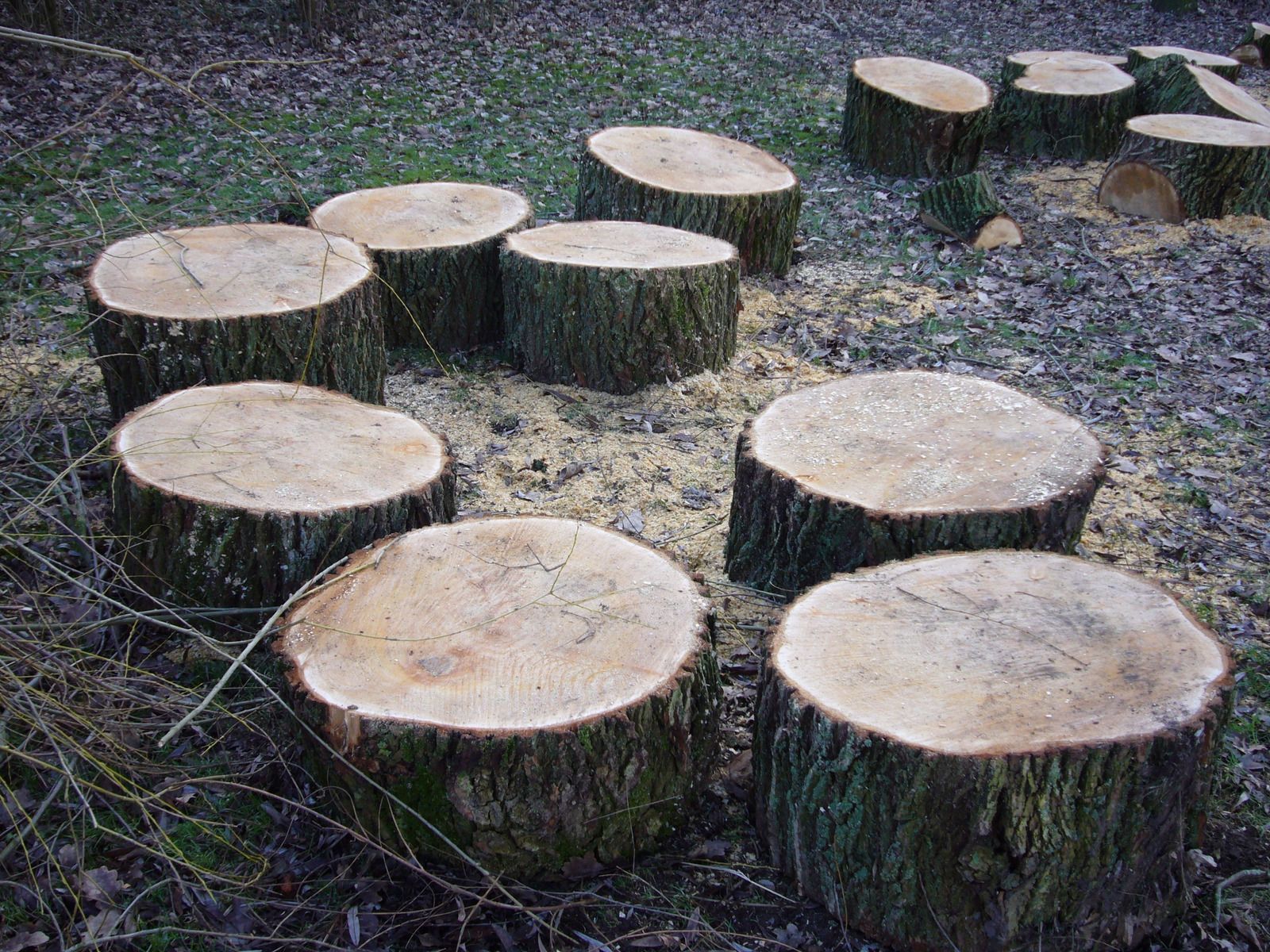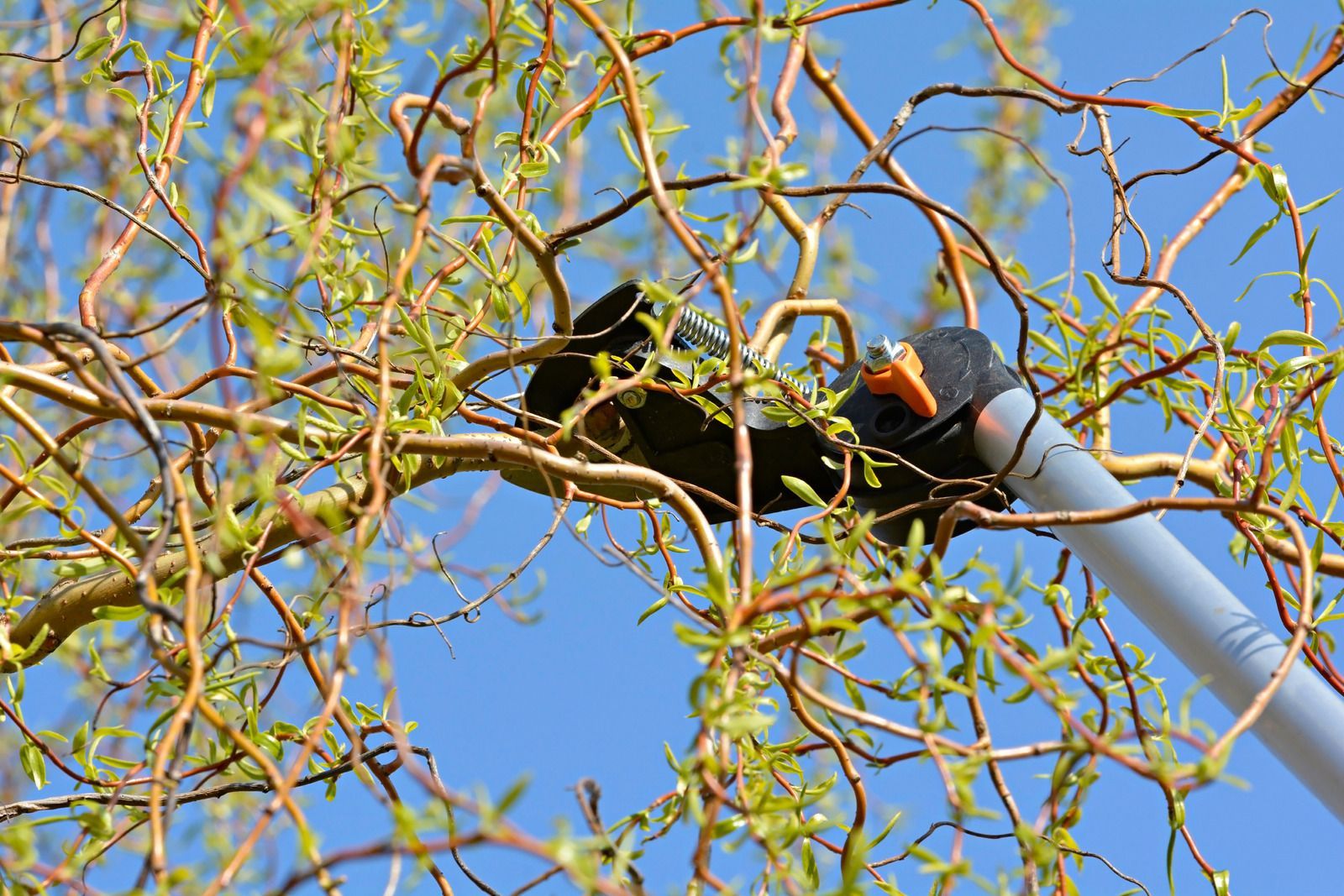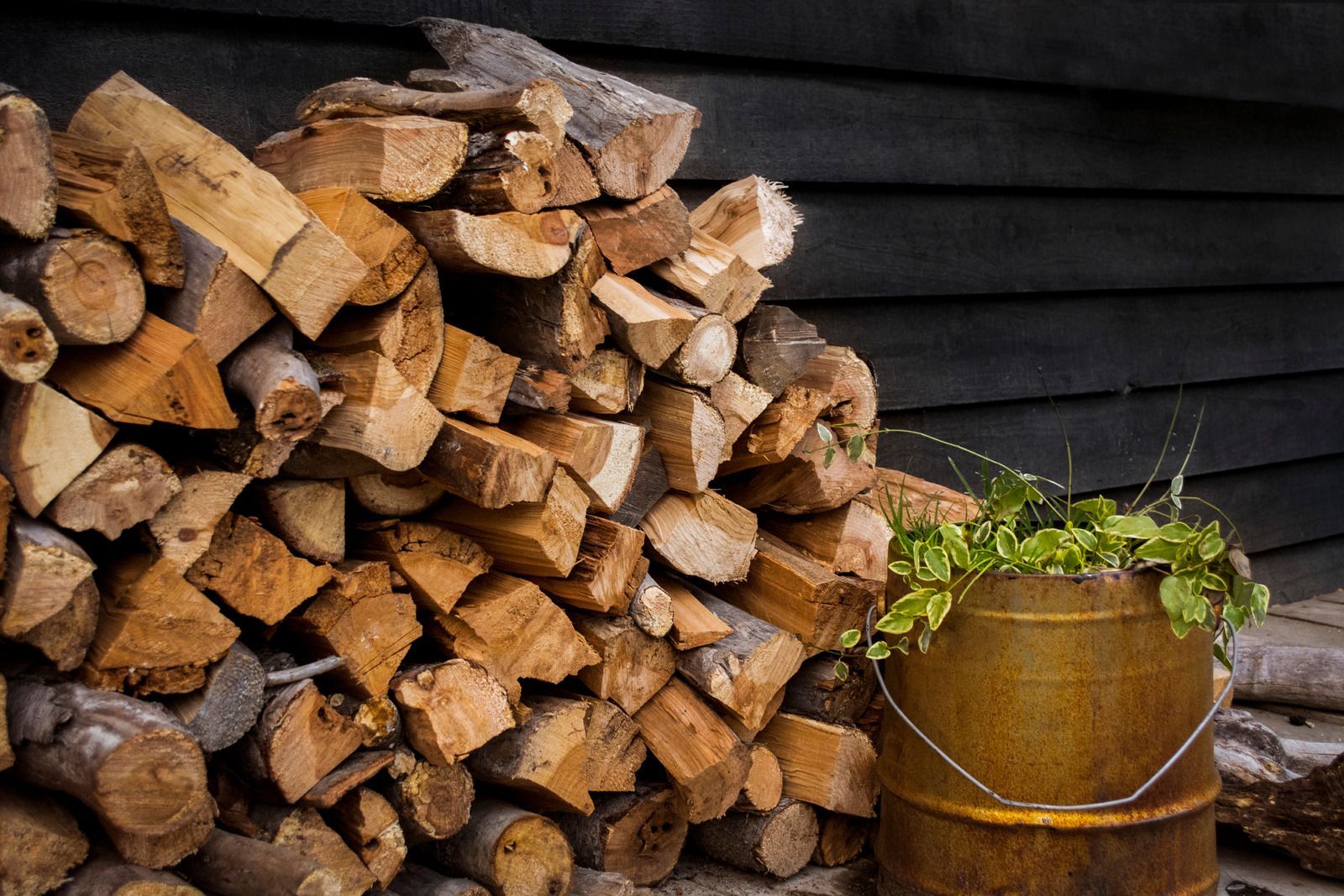Expert Tips for Secure and Efficient Tree Removal
Removing a tree is more of an art than a brute force exercise. It's about finesse, understanding nature, and ensuring safety every step of the way. Whether you're looking to clear space for a new garden or remove a potential hazard, here's how to tackle tree removal with a pro's touch.
1. Safety First: A Tree's Tale
- Get the Full Picture: Before anything else, take a good look at the tree. Is it standing tall or leaning precariously? Are there dead branches? These details dictate your approach.
- Mind the Law: Touch base with your local authorities—permits might be required or specific guidelines to follow for tree removal.
2. Gear Up: The Arborist's Armor
- Tool Check: A chainsaw isn't just a chainsaw. Ensure it's in top condition and right for the tree's girth.
- Dress the Part: Don't skimp on protective gear. Gloves, goggles, and ear protection aren't optional—they're essential.
3. Map It Out: The Removal Blueprint
- Have an Exit Strategy: Always have two clear paths to safety mapped out, just in case the tree decides to fall in an unexpected direction.
- Cutting Corners: Well, not literally. But know your cuts. A proper notch and back-cut give you control over where and how the tree falls.
4. Zone of Safety: Keeping the Peace
- Stand Clear: Make sure everyone's a safe distance away—twice the tree's height is a good rule of thumb.
- Clear the Stage: Before the show starts, the stage must be set. Remove anything that might get in the way of a clean fall or a quick getaway.
5. Precision and Patience: The Careful Cut
- Measured Moves: When it's time to cut, do it with intention. Controlled, deliberate cuts are the name of the game.
- Stay Sharp: Splitting a tree down the middle, is a no-no. It's dangerous and entirely preventable with the right technique.
6. Team Spirit: The Buddy System
- Don't Fly Solo: Always have someone with you. They're your second set of eyes and your lifeline in case things go south.
- Talk It Out: Before the chainsaw roars to life, make sure everyone's on the same page about what's going to happen.
6. Tidy Up: The Aftermath
- Waste Not: Turn the fallen tree into something useful—mulch for your garden, perhaps, or a donation to the local firewood bank.
- Stump Stories: Decide how you'll handle the stump. Will you grind it down to make way for new plantings, or let it become a quaint garden feature?
So,
tree removal is a task that's as serious as necessary. It's not about hacking away at the trunk; it's about understanding the tree's character, the lay of the land, and the myriad safety factors at play. It's also about respect, respect for the tree, for nature's unpredictability, and the safety of everyone involved.

